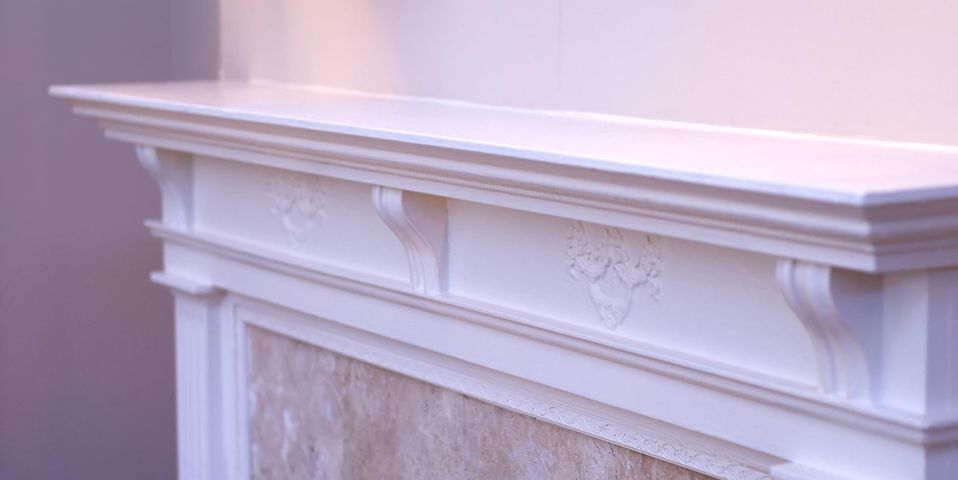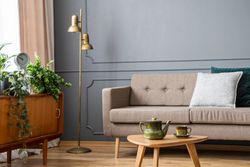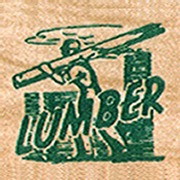
As you and your contractor plan the building materials you need for your home, don't neglect wood molding. This is a small touch which can make your building design look more polished and upscale with little effort. Here are a few of the most common ways to incorporate it into your home.
Where to Put Your Wood Molding
1. Baseboard
This is the narrow strip of molding that runs along the bottom edge of your walls and is the most common type in modern homes. It helps prevent visible gaps between the wall and the flooring and protects the building materials at the base of the wall against damage from being kicked.
2. Crown
This type of molding is used between the top of the wall and the ceiling, and provides an elegant touch. This building material comes in many patterns, including dentil, egg-and-dart, pearl, and bead, as well as simple concave shapes.
3. Rail
 Rails are rows of molding that run horizontally along the midsection of a wall. Lower ones are called chair rails and prevent wall damage from furniture, while higher ones are called picture rails and offer a place to hang photos and artwork.
Rails are rows of molding that run horizontally along the midsection of a wall. Lower ones are called chair rails and prevent wall damage from furniture, while higher ones are called picture rails and offer a place to hang photos and artwork.
4. Casing
Casings run around the edges of doors and windows, connecting the frame to the wall. They can be simple or include elaborate corners and upper edges that are similar to a mantle on a fireplace.
5. Batten
If your walls are made of multiple separate panels, batten will be used to join and hide the edges of those panels. This style is also called board-and-batten and creates a classic, refined look.
For high-quality building materials, including molding and millwork, in Cincinnati, OH, choose Huber Lumber. Serving Hamilton County and the surrounding areas, they have over 110 years of combined experience providing supplies for both professional contractors and homeowners who are tackling do-it-yourself projects. For questions about their inventory, call (513) 731-4035 or visit them online.
About the Business
Have a question? Ask the experts!
Send your question

